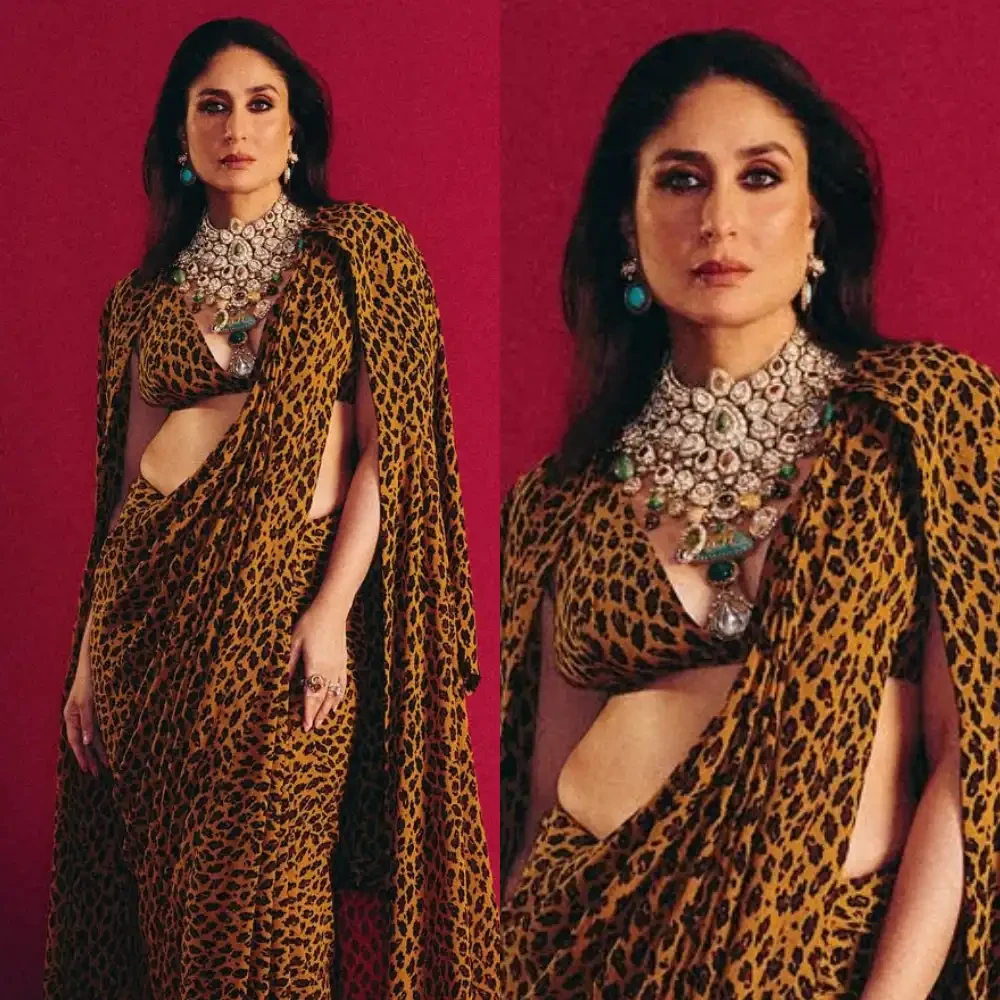What Happens If You Leave Conditioner in Your Hair for Too Long?
More or longer is not always better; find out what happens if you leave conditioner in hair for too long and the best ways to use various kinds of conditioners.
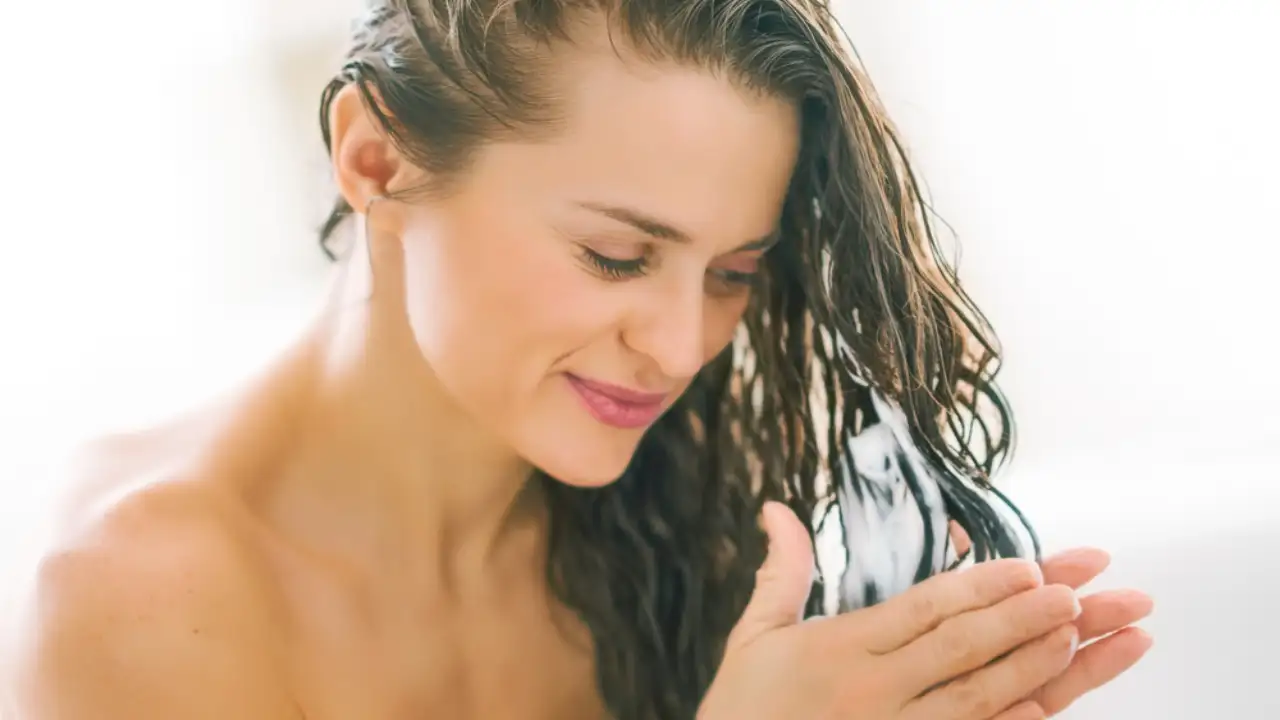
Conditioner is a popular hair care product that can work wonders in restoring moisture, softness, and shine to the hair. It contains various nourishing ingredients that can penetrate the hair shaft, providing deep conditioning and hydration (1). However, some people may be unsure about how long to leave conditioner in their hair or whether it is safe to leave it in for an extended period. In this context, it is essential to understand the effects of leaving conditioner in the hair for too long. Leaving conditioner in your hair for an extended period can cause various unwanted effects, such as product buildup, greasy hair, and scalp irritation (2). While conditioner is an essential hair care product, it is crucial to follow the instructions on the label and leave it in for the recommended time before rinsing it out thoroughly. The amount of time you should leave conditioner in your hair will depend on the type of conditioner you are using, as well as your hair type and personal preferences. Generally, it is recommended to leave conditioner in your hair for 1-3 minutes before rinsing it out. This is enough time for the conditioner to penetrate the hair shaft and provide the necessary hydration and nourishment. This can help to avoid the risk of weighing down the hair, causing damage, and making it difficult to style and manage.
Overall, understanding how to use conditioner correctly can help to achieve healthy, shiny, and manageable hair (1),(2). By following the recommended guidelines for using hair care products and incorporating them into your hair care routine, you can maintain luscious locks that are the envy of everyone around you. So, be sure to treat your hair with the love and care it deserves and enjoy the beautiful results!
How Does a Conditioner Work?
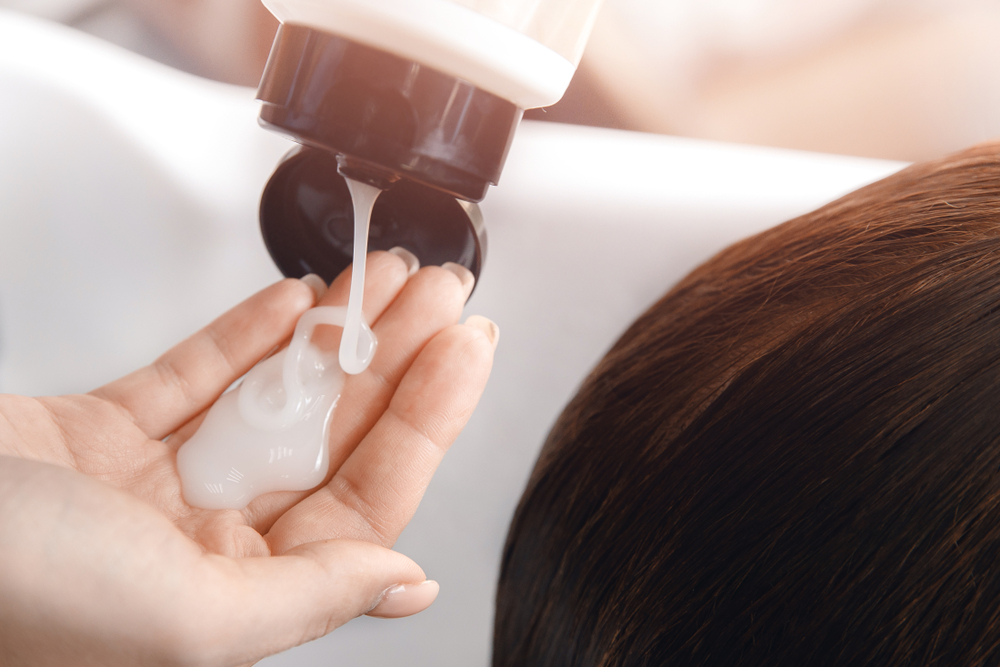
The mechanism of action of a hair conditioner involves the use of various ingredients that work together to restore and improve the health of the hair. Conditioner is typically made up of a combination of emollients, humectants, proteins, and vitamins that work to moisturize, protect, and nourish the hair (1), (2), (3).
Emollients are one of the key ingredients in conditioner, and they work by forming a protective layer around the hair shaft (3). This layer helps to seal in moisture, making the hair look and feel smoother and softer. Emollients also help to reduce frizz and improve the manageability of the hair (1),(3).
Humectants are another important ingredient in conditioners, and they work by attracting moisture to the hair. Humectants such as glycerin and panthenol can penetrate the hair shaft and help to hydrate the hair from within (3). This can help to prevent dryness and brittleness, which can lead to breakage and split ends.
Proteins are also a vital component of many conditioners. Proteins such as keratin and collagen can help to strengthen the hair, reducing the risk of damage and breakage. Proteins work by filling in gaps in the hair shaft, helping to create a smoother and more even surface (3).
Vitamins are another essential ingredient in conditioners. Vitamins such as vitamin E and biotin can help nourish and protect the hair. These vitamins can penetrate the hair shaft and provide deep conditioning, helping to restore the health and vitality of the hair (2).
In a nutshell, the mechanism of action of a hair conditioner involves the use of a combination of emollients, humectants, proteins, and vitamins. These ingredients work together to moisturize, protect, and nourish the hair, helping to improve its health, appearance, and manageability. By incorporating a conditioner into your hair care routine, you can achieve healthy, shiny, and beautiful hair that looks and feels its best.
Types of Conditioner And How to Use Them
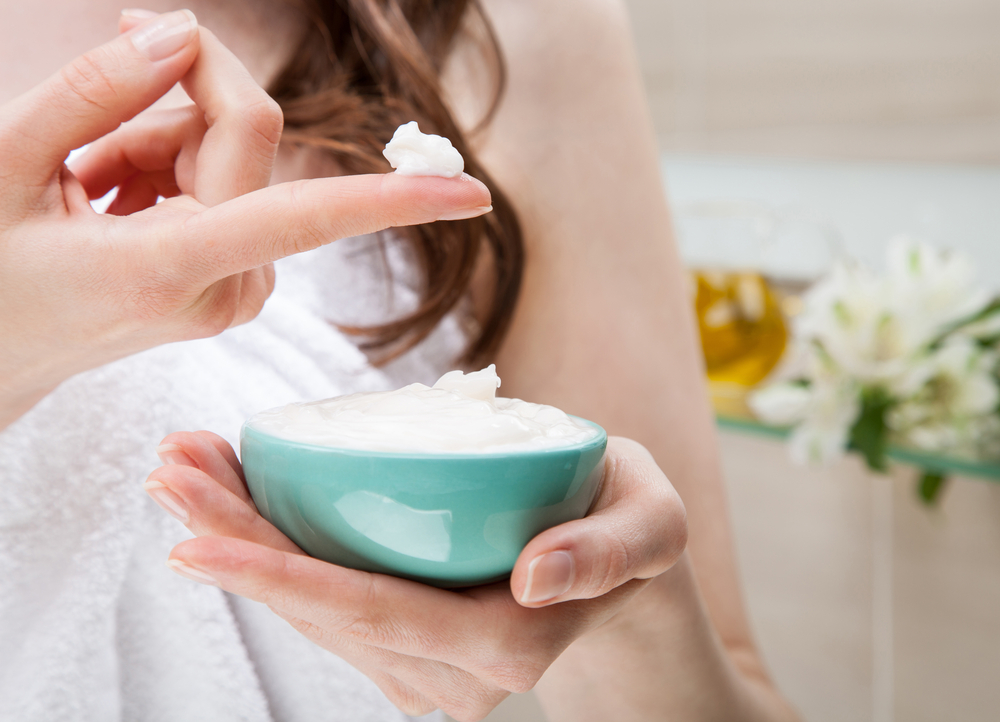
There are various types of conditioners available on the market, each designed to address specific hair concerns. Here are some of the most common types of conditioners and how to use them:
- Daily Conditioner: This is the most common type of conditioner, and it is designed to be used every day. It provides basic conditioning and hydration to the hair, and it is suitable for all hair types. To use a daily conditioner, apply it to the hair after shampooing and leave it in for a few minutes before rinsing thoroughly.
- Deep Conditioner: A deep conditioner is a more intensive conditioning treatment that is designed to provide deep hydration and nourishment to the hair. It is typically used once a week or as needed, and it is suitable for dry, damaged, or color-treated hair. To use a deep conditioner, apply it to the hair after shampooing and leave it in for 10-15 minutes before rinsing thoroughly.
- Leave-In Conditioner: A leave-in conditioner is designed to be left in the hair without rinsing. It provides lightweight hydration and helps to detangle the hair, making it easier to manage. Leave-in conditioner is suitable for all hair types, and it can be used daily or as needed.
- Co-wash Conditioner: Co-washing is a method of washing the hair using only conditioner, and it is ideal for curly or textured hair that is prone to dryness (3). Co-wash conditioner provides gentle cleansing and hydration to the hair without stripping it of its natural oils. To use a co-wash conditioner, wet the hair thoroughly, apply the conditioner and massage it into the scalp and hair. Rinse thoroughly.
- Colour-protecting Conditioner: Colour-protecting conditioner is designed to help preserve the vibrancy of color-treated hair (3). It provides hydration and nourishment to the hair while also protecting it from damage and fading. To use a color-protecting conditioner, apply it to the hair after shampooing and leave it in for a few minutes before rinsing thoroughly.
What Happens If You Leave Conditioner on Hair?
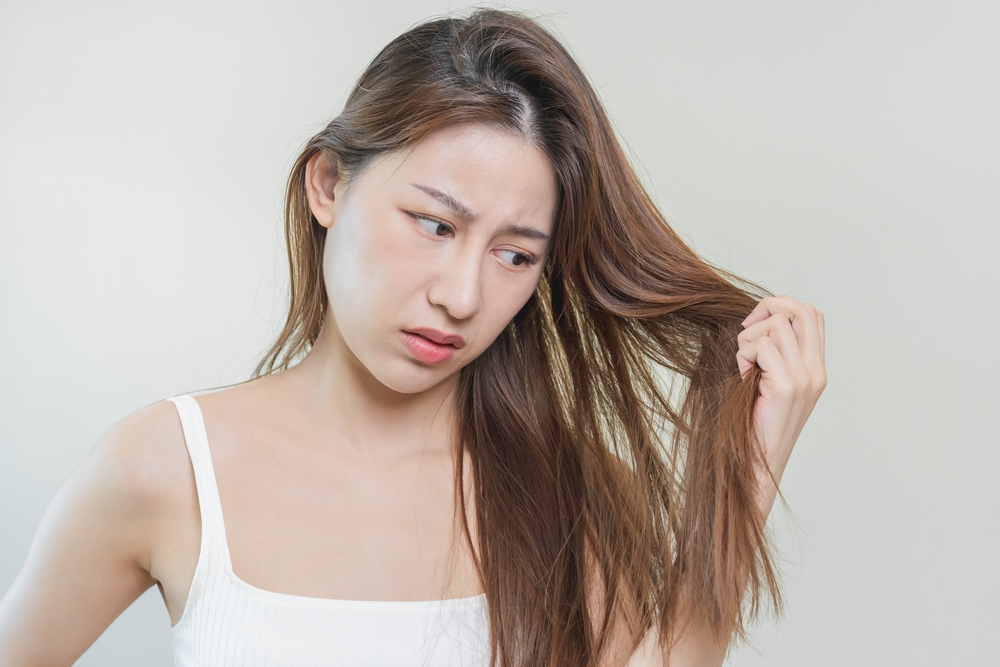
Leaving conditioner on the hair for an extended period of time can have both positive and negative effects, depending on the type of conditioner and the condition of the hair. If you leave a regular conditioner on your hair for too long, it may leave your hair feeling greasy or weighed down. This is because most conditioners contain moisturizing ingredients such as oils, silicones, or proteins that can build up on the hair over time (1). If you leave the conditioner on for too long, it may not be fully absorbed by the hair and can leave a residue on the scalp and hair, causing them to feel heavy and limp (2).
However, leaving a deep conditioner on your hair for an extended period of time can be beneficial. Deep conditioner is designed to penetrate the hair shaft and provide deep hydration and nourishment to the hair. Leaving it on for a longer time can help the ingredients fully penetrate the hair, making it stronger, smoother, and more manageable. Overall, it is best to follow the instructions on the conditioner packaging to achieve the best results. If you are using a regular conditioner, it is typically recommended to leave it on for 2–3 minutes before rinsing it off. If you are using a deep conditioner, it may be left on for up to 30 minutes, depending on the product instructions (2). Leaving it on for too long may not necessarily cause harm, but it may not provide any additional benefits either.
How to Apply Conditioner Properly?
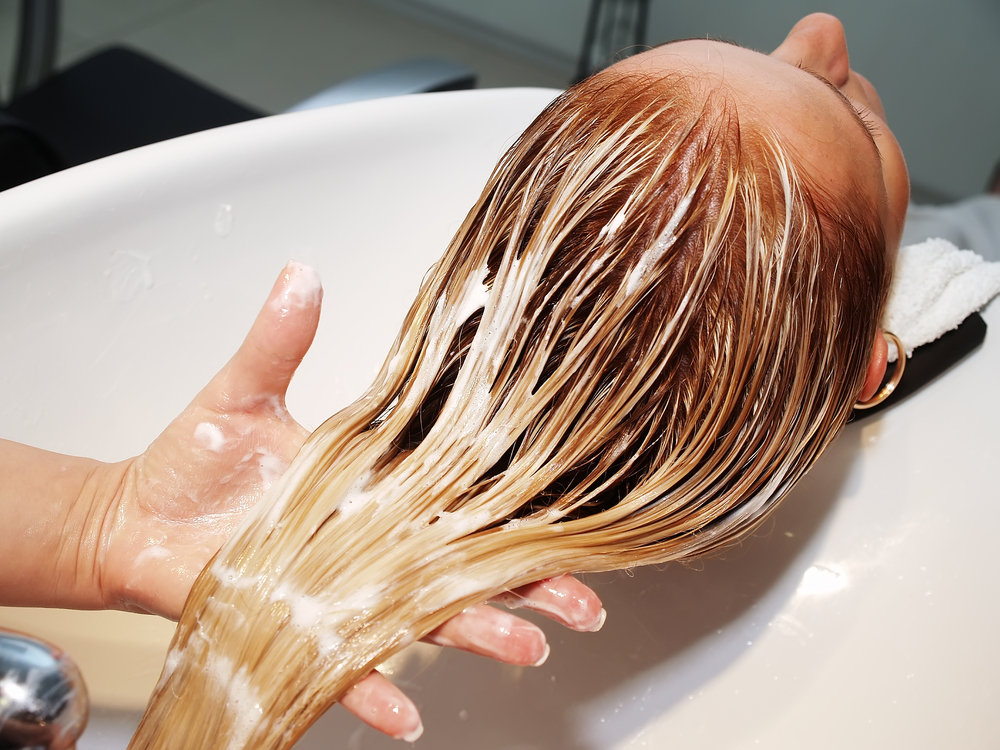
Proper application of conditioner is essential for achieving healthy, shiny, and manageable hair (2). Here are some steps to follow to ensure you are applying conditioner correctly:
- Shampoo your hair first: Start by washing your hair with shampoo to remove any dirt, oil, or product buildup. Rinse your hair thoroughly with normal-temperature water to ensure that all shampoo is removed.
- Squeeze out excess water: After shampooing, gently squeeze out excess water from your hair using a towel.
- Apply conditioner: Take a dollop of conditioner into your palm, and then rub your palms together to distribute it evenly. Apply the conditioner to the lengths and ends of your hair, avoiding the scalp area. This is because the scalp already produces natural oils, and applying conditioner directly to it can lead to an oily scalp and lifeless hair.
- Comb through: Use a wide-tooth comb or your fingers to gently comb through the hair and evenly distribute the conditioner. This helps to ensure that every strand of hair is coated with the conditioner and allows the ingredients to penetrate the hair shaft.
- Leave it in for the recommended time: Follow the instructions on the conditioner packaging for the recommended time to leave it in. Most conditioners need to be left on for a few minutes before being rinsed out.
- Rinse, dry, and style your hair: Rinse your hair until all the conditioner is removed. Then gently towel dry or use a hair dryer on low heat to remove excess moisture. Finally, style your hair as desired.
Applying conditioner correctly involves shampooing your hair first, applying the conditioner to the lengths and ends of your hair, combing it through, leaving it in for the recommended time, and rinsing thoroughly. Proper application of conditioner can help nourish and hydrate your hair, making it shiny, smooth, and more manageable (2),(3).
How Often Should Conditioner Be Used?
The frequency of conditioner use can vary depending on the individual's hair type, condition, and personal preference. As a general guideline, it is recommended to use conditioner after every shampoo, which can be every other day or a few times a week for most people. However, if you have very dry or damaged hair, you may benefit from using conditioner every time you wash your hair. On the other hand, if you have very fine or oily hair, you may not need to use conditioner as frequently and can even use it every other time you shampoo.
It's important to note that overuse of conditioner can cause buildup on the scalp and hair, leading to limp, greasy locks. If you find that your hair is becoming greasy or weighed down, you may want to reduce the frequency of conditioner use or switch to a lighter formula. Ultimately, the best way to determine how often to use conditioner is to pay attention to your hair's needs and adjust accordingly. If your hair is feeling dry, frizzy, or difficult to manage, using a conditioner more often can help improve its condition (2). If your hair is feeling oily or weighed down, cutting back on conditioner use may be necessary.
Conditioner Usage: Tips And Tricks
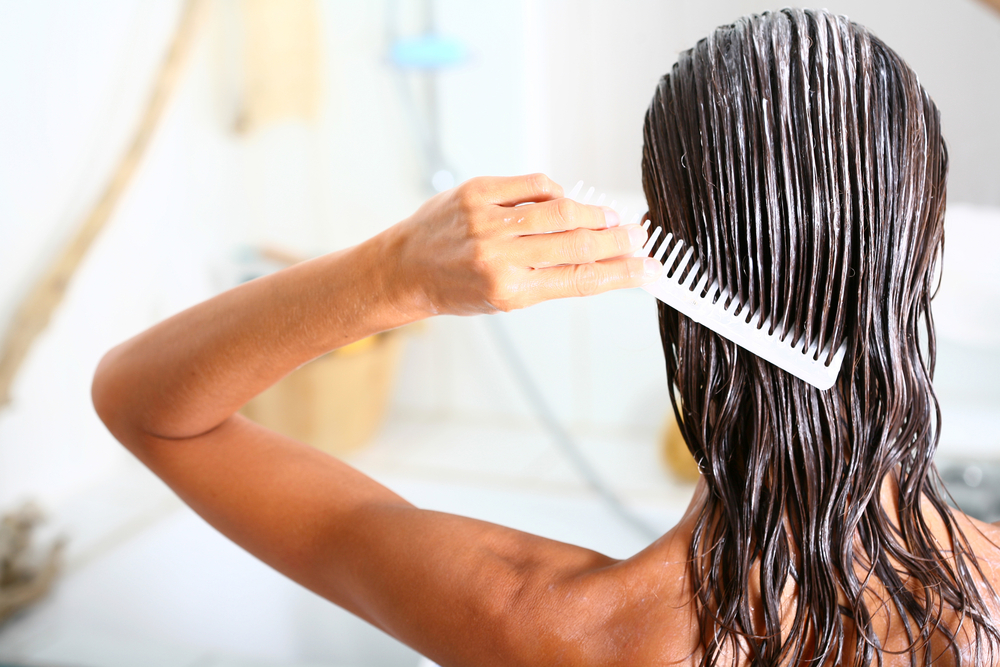
Here are some tips and tricks to help you get the most out of your conditioner:
- Use the right type of conditioner: Choose a conditioner that is appropriate for your hair type and specific needs. For example, if you have dry or damaged hair, look for a moisturizing or repairing conditioner. If you have fine or oily hair, opt for a lightweight, volumizing conditioner.
- Don't apply too much: Using too much conditioner can lead to buildup on the hair, making it look greasy and weighed down. Use only a small amount of conditioner, focusing on the lengths and ends of your hair.
- Use a wide-tooth comb: Using a wide-tooth comb or your fingers to comb through your hair while applying conditioner can help evenly distribute the product and prevent tangles.
- Leave it in for a few minutes: Allow the conditioner to penetrate your hair for a few minutes before rinsing it out. This will help to nourish and hydrate your hair, leaving it soft and manageable.
- Rinse with cool water: Rinse your hair with cool water after conditioning to help seal the cuticle and lock in moisture.
- Don't use conditioner on your scalp: Avoid applying conditioner to your scalp, as this can lead to buildup and make your hair look greasy.
- Use a hair mask or deep conditioner once or twice a week: Incorporating a hair mask or deep conditioner into your hair care routine once a week can help to provide deep hydration and nourishment to your hair.
- Avoid using hot tools: Heat styling tools can damage your hair and make it more prone to breakage. Try to avoid using hot tools or use them on a low heat setting, and always use a heat protectant spray before styling.
By following these tips and tricks, you can help keep your hair looking healthy, shiny, and manageable.
Conclusion
In conclusion, conditioner is a vital component of a healthy hair care routine. It helps nourish, hydrate, and protect your hair, leaving it soft, shiny, and manageable. By choosing the right type of conditioner for your hair type and needs, using it correctly, and adjusting the frequency of use as needed, you can maintain healthy and beautiful hair. Additionally, incorporating other healthy hair habits, such as avoiding heat styling and using hair masks or deep conditioners, can also help to improve the overall health and appearance of your hair. By taking care of your hair with regular conditioning and healthy habits, you can enjoy luscious locks that are strong, shiny, and full of life.
References:
1. Shampoos and hair conditioners
https://pubmed.ncbi.nlm.nih.gov/3240419/
2. Essentials of Hair Care often Neglected: Hair Cleansing
https://www.ncbi.nlm.nih.gov/pmc/articles/PMC3002407/
3. Review on Hair Problem and its Solution
http://jddtonline.info/index.php/jddt/article/view/4066/3186
ALSO READ: Best hair conditioner: 8 Hair conditioners that will give you the silkiest hair





 JOIN OUR WHATSAPP CHANNEL
JOIN OUR WHATSAPP CHANNEL



































































